Working in the Stukenbrock lab
During my masters I had the opportunity to work in the Environmental Genomics lab led by Professor Dr. Eva H. Stukenbrock at Kiel University.
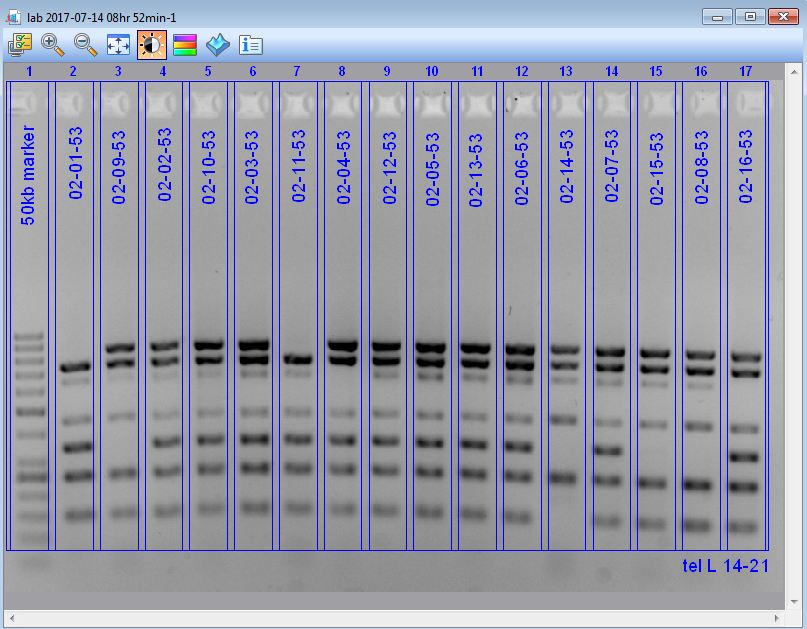
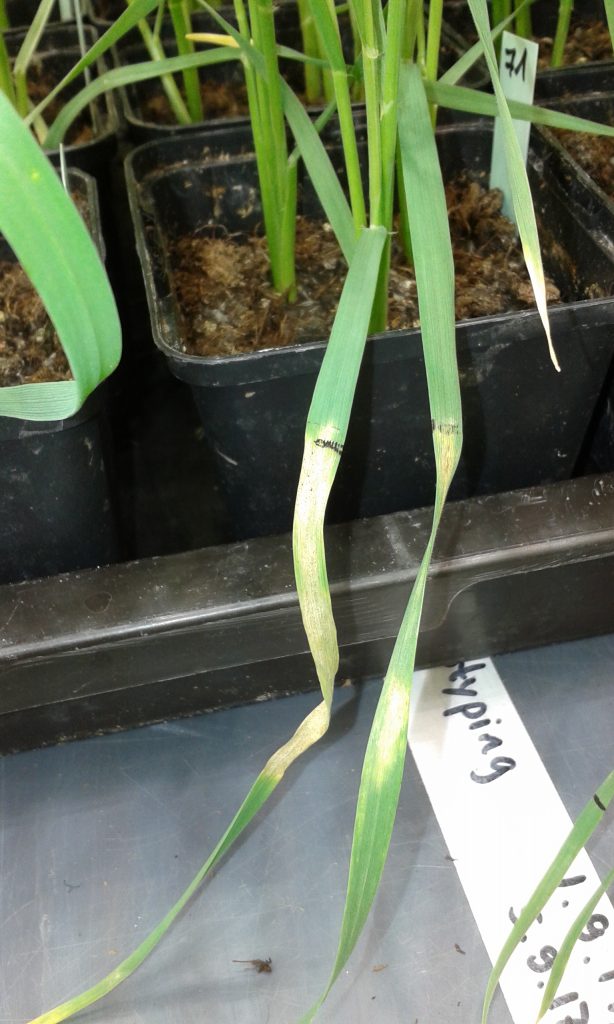
I assisted Michael Habig and analyzed samples of the wheat plant pathogen Zymoseptoria tritici at different time points in a Mutation Accumulation Line. We were interested in the rate at which the Z. tritici strains loose accessory chromosomes over time.
I improved my wet lab skills substantially during the time I worked on this project.
Working in the Zellmar Lab
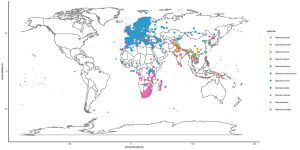
During my masters I had the opportunity to work in the Computational Biology lab led by Professor Amanda Zellmer at Occidental College Los Angeles.
Here, I modelled distributions of populations of stonechats (Saxicola ssp.) using ecological niche modelling.
We were interested in environmental differences between niches of birds in the stonechat complex using different migratory strategies.
Working in the Liebvogel lab
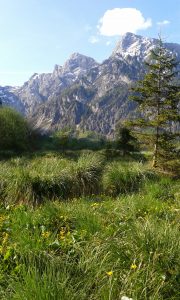
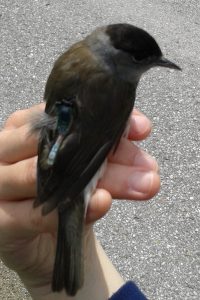
During my masters I had the opportunity to work in the Max-Planck research group Behavioural Genomics led by Dr. Miriam Liedvogel where I had the opportunity to assist with several projects on the European blackcap (Sylvia atricapilla).
I was able to attend several fieldtrips across Europe (Austria, Spain, Germany) assisting in projects on natural populations of the Eurasian blackcap that form a migratory divide in Austria. Projects included tracking blackcaps on migration and gene expression.
Here I could earn and improve my ornithological skills as well as learn about care taking of these animals.
Comparing methods to estimate population size in natural populations
In my bachelor thesis I studied a natural population of natterjack toads (Epidalea calamita) in the natural reserve Wallnau on the island Fehmarn, Germany.

We tested different methods to estimate population size: a mark-recapture approach using implanted transponders as well as belly pattern recognition for individual identification. In a second approach we used standardized tapings of vocal males calling and counting of visible individuals.
The results of the thesis are published at Laurenti “Zeitschrift für Feldherpetologie”